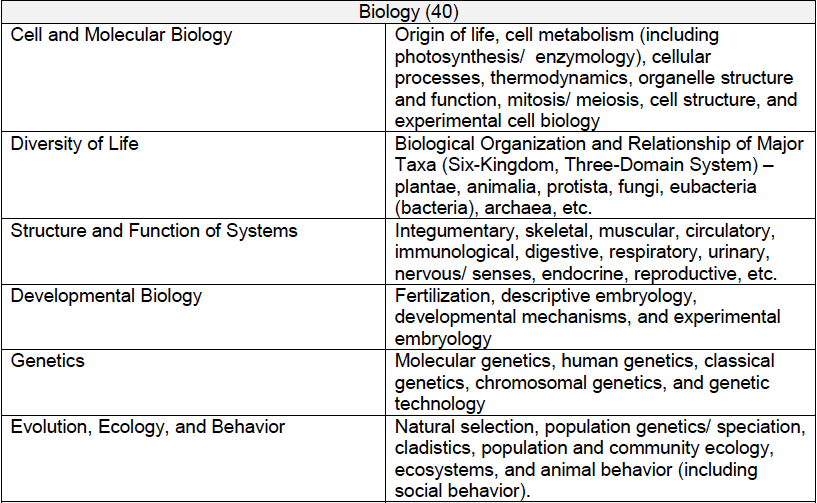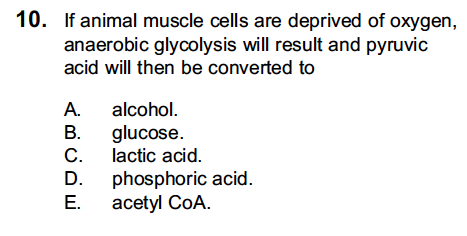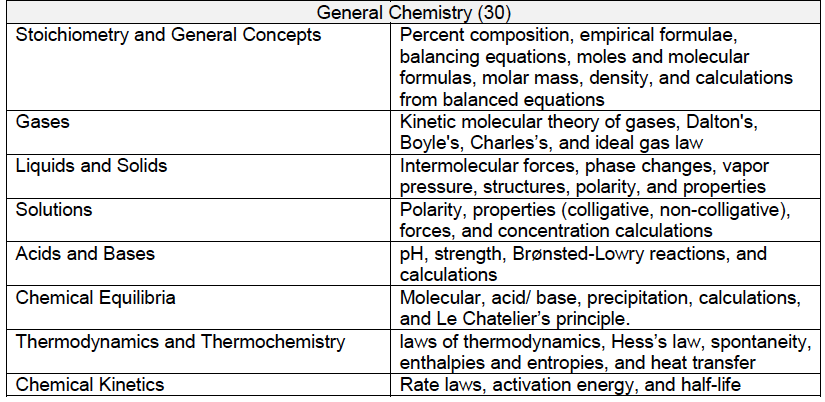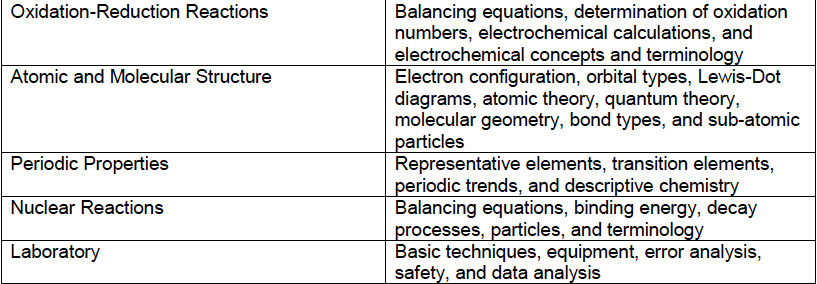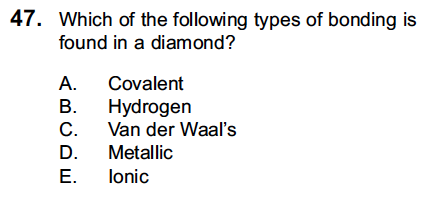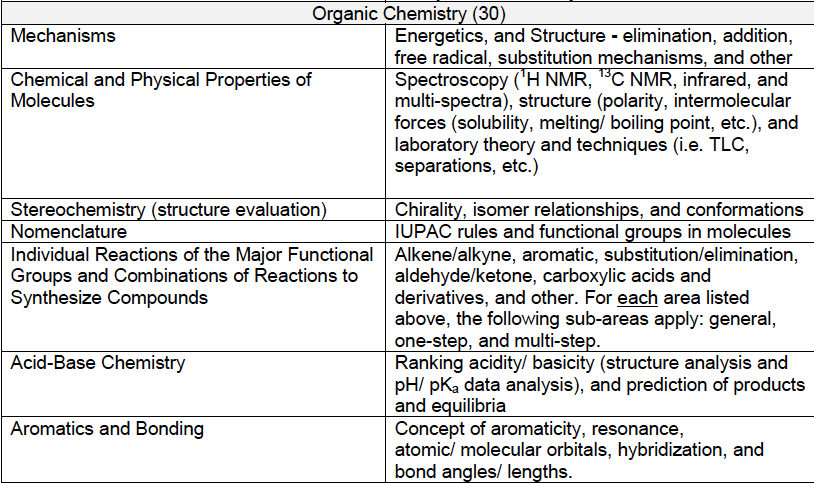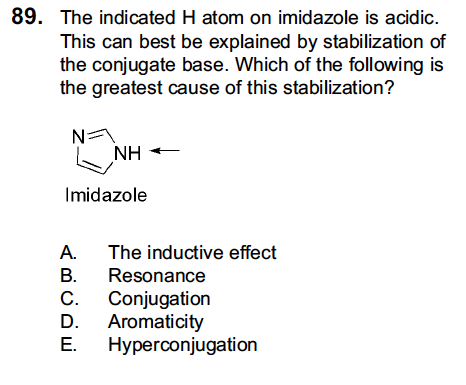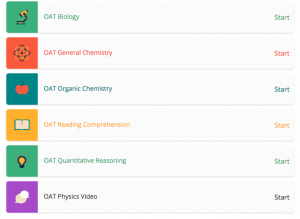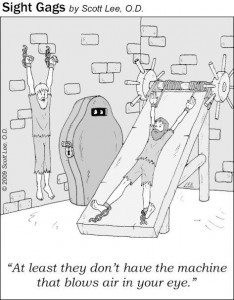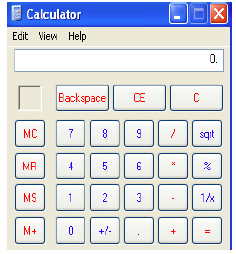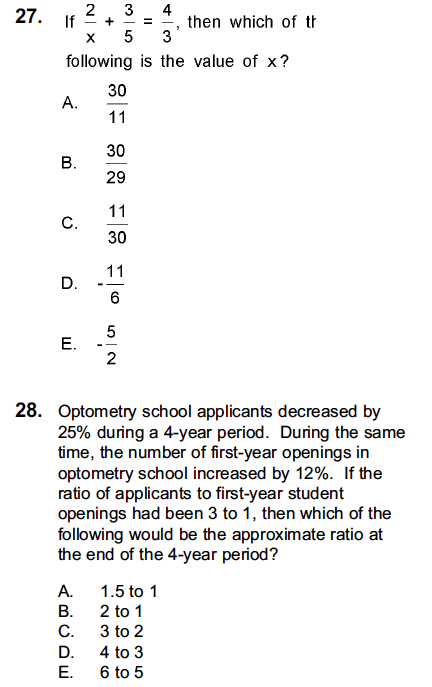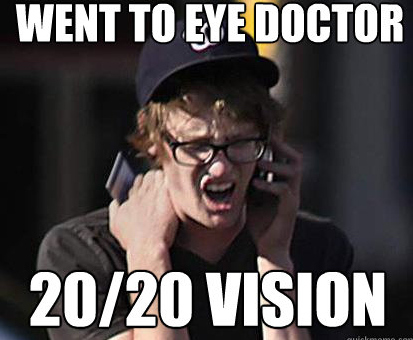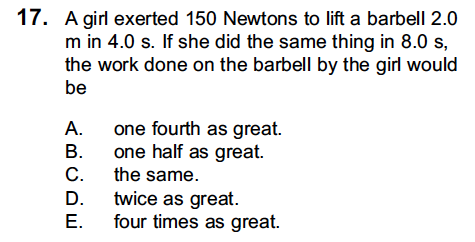This is Part 3 of a series of breakdown posts that will outline the OAT 2017!

Let’s dive into the Reading Comprehension section, which is the second longest section of the test, both in time and in number of questions!
Reading Comprehension is the second section of the OAT 2017!
There are 3 passages with 50 questions and it’s 60 minutes long.
While this section does not require specific prior scientific knowledge, OAT 2017 is testing how well you can comprehend and analyze the dense scientific information (quickly). The passages are science-based written like articles and all the information needed will be in the passage.

Some student say the reading comp section is the hardest to study for, since you just read the passage and answer questions the day of the exam so how do you prepare? Practice!
These are long and densely scientific passages and being able to read and breakdown them down efficiently is a skill you can hone! Possibly the most difficult part of the reading comp section is the limitation on time so in your preparation utilize time restraints! With the time allotted of 60 minutes, you should be spending about 20 minutes on each passage. But then of course you gotta keep in mind that not all the passage are the same length too!
Remember with OAT Cracker you can take Read Comp timed practice tests along with tests on all the other OAT 2017 sections. Until next breakdown… Practice Practice Practice and I know you can ACE IT! 🙂


